
Marina Abramović (Serbian Cyrillic: Марина Абрамовић; born 30 November 1946, in Belgrade, PR Serbia, FPR Yugoslavia) is a New York-based Serbian and Yugoslavian performance artist who began her career in the early 1970s. Active for over three decades, she has recently begun to describe herself as the “grandmother of performance art".
Abramović's work explores the relationship between performer and audience, the limits of the body, and the possibilities of the mind.
In 1976, after moving to Amsterdam, Abramović met the West German performance artist Uwe Laysiepen, who went by the single name Ulay. They were both born on the same day.
When Abramović and Ulay began their collaboration, the main concepts they explored were the ego and artistic identity. This was the beginning of a decade of influential collaborative work. Each performer was interested in the traditions of their cultural heritages and the individual’s desire for ritual. Consequently, they decided to form a collective being called “the other”, and spoke of themselves as parts of a “two-headed body”. They dressed and behaved like twins, and created a relationship of complete trust. As they defined this phantom identity, their individual identities became less accessible. In an analysis of phantom artistic identities, Charles Green has noted that this allowed a deeper understanding of the artist as performer, for it revealed a way of “having the artistic self made available for self-scrutiny.”
While some critics have explored the idea of a hermaphroditic state of being as a feminist statement, Abramović herself denies considering this as a conscious concept. Her body studies, she insists, have always been concerned primarily with the body as the unit of an individual, a tendency she traces to her parents' military pasts. Rather than concern themselves with gender ideologies, Abramović/Ulay explored extreme states of consciousness and their relationship to architectural space. They devised a series of works in which their bodies created additional spaces for audience interaction. In "Relation in Space" (1976) they ran around the room - two bodies like two planets, mixing male and female energy into a third component called “that self.” "Relation in Movement" had the pair drive their car inside of a museum for 365 laps; a black liquid oozed from the car, forming a kind of sculpture, each lap representing a year. (After 365 laps they entered the New Millennium.)
In discussing this phase of her performance history, Abramović has said: “The main problem in this relationship was what to do with the two artists’ egos. I had to find out how to put my ego down, as did he, to create something like a hermaphroditic state of being that we called the death self.”
To create this “Death self,” the two performers devised a piece in which they connected their mouths and took in each other’s exhaled breaths until they had used up all of the available oxygen. Seventeen minutes after the beginning of the performance they both fell to the floor unconscious, their lungs having filled with carbon dioxide. This personal piece explored the idea of an individual's ability to absorb the life of another person, exchanging and destroying it.
In Imponderabilia (1977, reenacted in 2010) two performers, both completely nude, stand in a doorway. The public must squeeze between them in order to pass.
In 1988, after several years of tense relations, Abramović and Ulay decided to make a spiritual journey which would end their relationship. Each of them walked the Great Wall of China, starting from the two opposite ends and meeting in the middle. As Abramović described it: “That walk became a complete personal drama. Ulay started from the Gobi desert and I from the Yellow Sea. After each of us walked 2500 km, we met in the middle and said good-bye.”
Abramović conceived this walk in a dream, and it provided what she thought was an appropriate, romantic ending to a relationship full of mysticism, energy and attraction. She later described the process: “We needed a certain form of ending, after this huge distance walking towards each other. It is very human. It is in a way more dramatic, more like a film ending … Because in the end you are really alone, whatever you do.”
Abramović reported that during her walk she was reinterpreting her connection to the physical world and to nature. She felt that the metals in the ground influenced her mood and state of being; she also pondered the Chinese myths in which the great wall has been described as a “dragon of energy.”
Contents 14 performances:
Relation in space
Talking about similarity
Breathing in, breathing out
Imponderabilia
Expansion in space
Relation in movement
Relation in time
Light/Dark
Balance proof
AAA-AAA
Incision
Kaiserschnitt
Charged space
Three
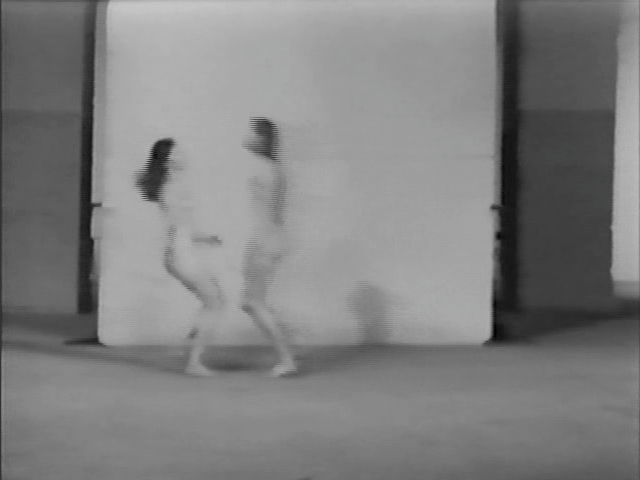
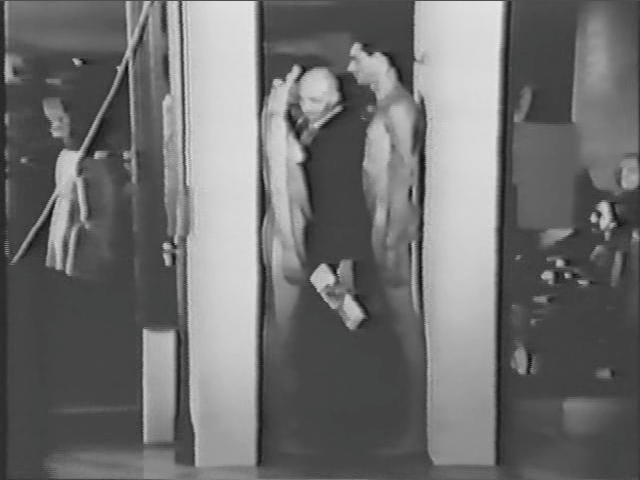
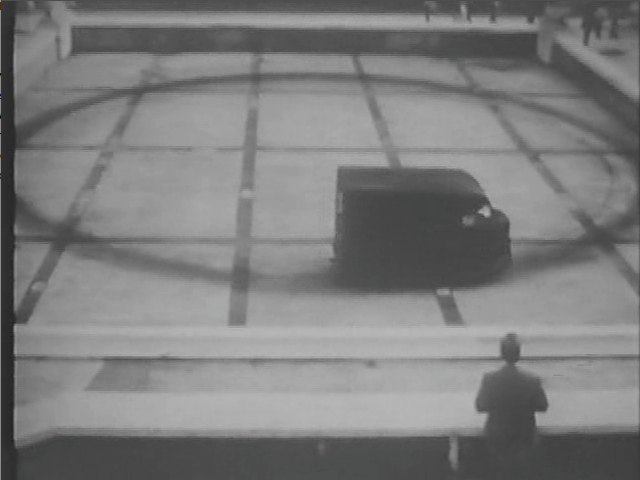
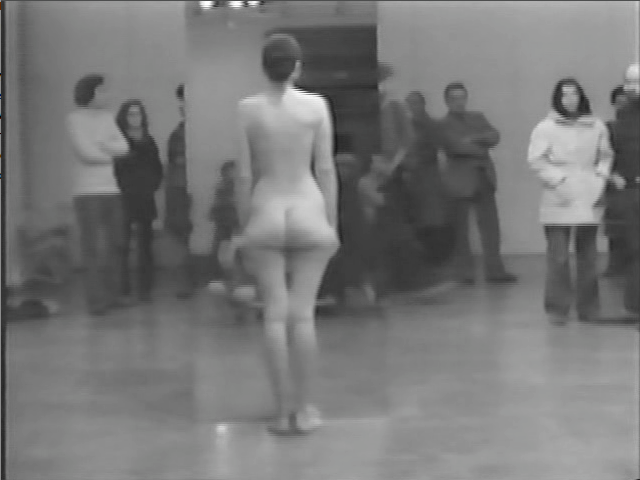
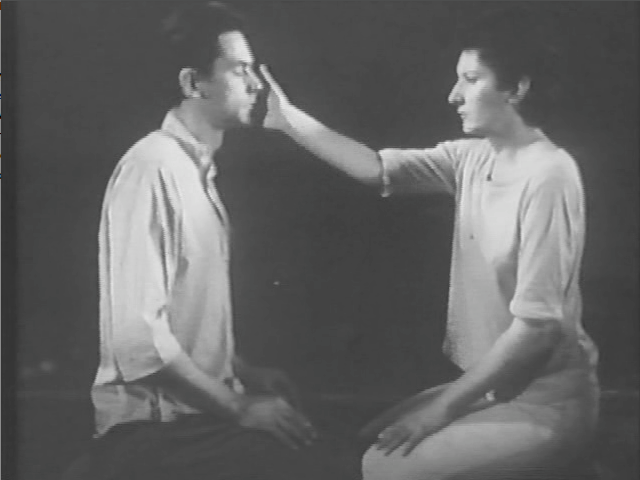






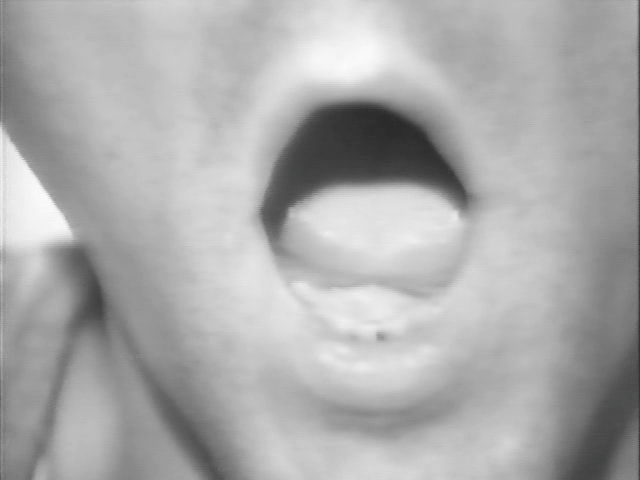
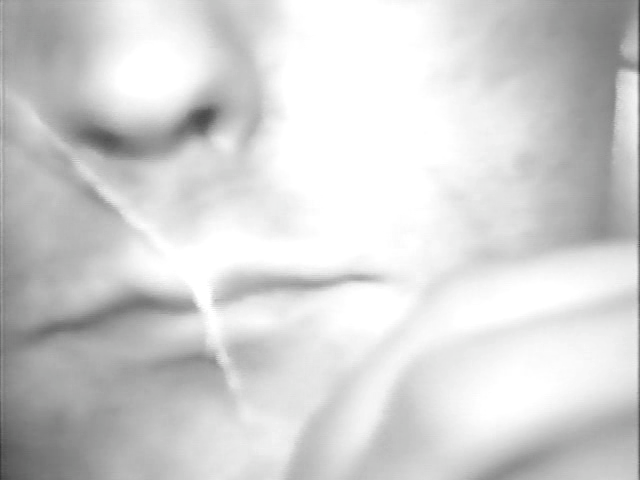
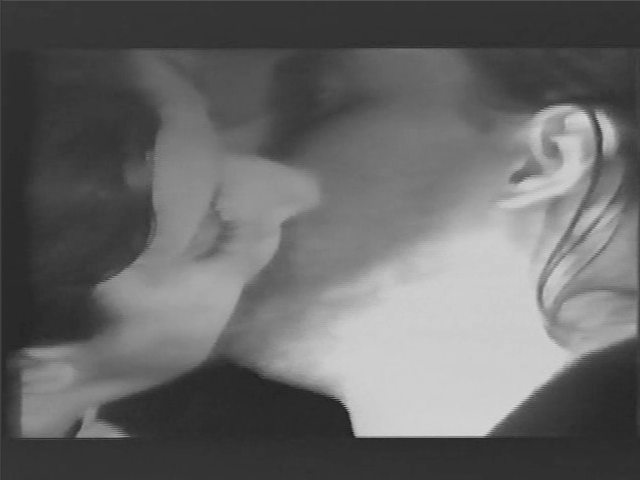

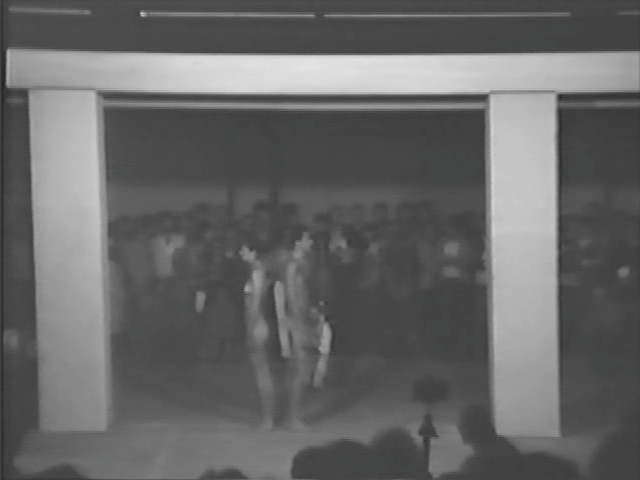
http://rapidshare.com/files/385481047/ramovic_Ulay_Relation_Work_1976-1979_.part01.rar
http://rapidshare.com/files/385490181/ramovic_Ulay_Relation_Work_1976-1979_.part02.rar
http://rapidshare.com/files/385499844/ramovic_Ulay_Relation_Work_1976-1979_.part03.rar
http://rapidshare.com/files/385509495/ramovic_Ulay_Relation_Work_1976-1979_.part04.rar
http://rapidshare.com/files/406096443/ramovic_Ulay_Relation_Work_1976-1979_.part05.rar.html
http://rapidshare.com/files/385531042/ramovic_Ulay_Relation_Work_1976-1979_.part06.rar
http://rapidshare.com/files/385545417/ramovic_Ulay_Relation_Work_1976-1979_.part07.rar
http://rapidshare.com/files/385624390/ramovic_Ulay_Relation_Work_1976-1979_.part08.rar
http://rapidshare.com/files/385628691/ramovic_Ulay_Relation_Work_1976-1979_.part09.rar
http://www.megaupload.com/?d=8TJMB5FF
http://www.megaupload.com/?d=ZOD4V7XV
http://www.megaupload.com/?d=Q0PI45DV
http://www.megaupload.com/?d=GNG2Y5V0
http://www.megaupload.com/?d=U042CATT
http://www.megaupload.com/?d=V6VTKNMY
http://www.megaupload.com/?d=N571BUL4
http://www.megaupload.com/?d=TZWRI20G
http://www.megaupload.com/?d=I29K3K19
links are interchangeable
Rar Password: None



0 comments:
Post a Comment